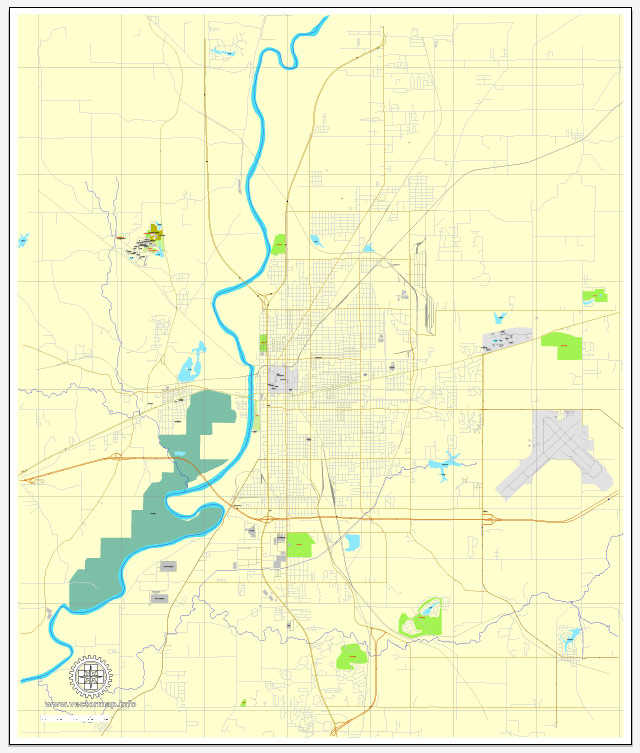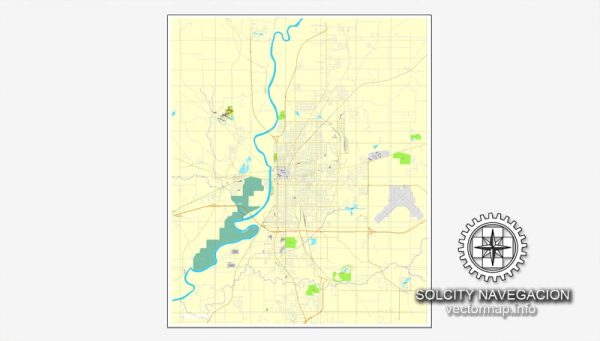Terre Haute, located in western Indiana, has a rich history of urban development that reflects the broader trends and challenges faced by many American cities. Here is a brief overview of Terre Haute’s urban development history:
- Early Settlement and Growth (Late 18th Century – Early 19th Century):
- Terre Haute was founded in 1816, the same year Indiana became a state.
- The city’s location along the Wabash River made it an important transportation hub for early settlers and traders.
- Transportation and Industrialization (Mid-19th Century):
- The construction of the National Road (now U.S. Route 40) and the arrival of the railroads in the mid-19th century played a crucial role in the city’s development.
- Terre Haute became a major center for manufacturing, particularly in the production of iron and steel.
- Economic Growth and Cultural Development (Late 19th Century):
- The late 19th century saw continued economic growth, with Terre Haute becoming known for its coal industry and diverse manufacturing base.
- Cultural institutions, such as Indiana State University (established in 1865) and the Terre Haute Symphony Orchestra, contributed to the city’s cultural vibrancy.
- 20th Century Challenges and Changes:
- Like many industrial cities, Terre Haute faced challenges in the mid-20th century as industries declined, leading to economic shifts and population changes.
- The city’s economy diversified, with a focus on education, healthcare, and retail.
- Urban Renewal and Redevelopment (Mid-20th Century):
- The mid-20th century saw urban renewal projects aimed at revitalizing the downtown area and addressing infrastructure challenges.
- Some historic structures were preserved, while others were replaced with modern buildings.
- Recent Developments (Late 20th Century – 21st Century):
- In recent decades, Terre Haute has continued to evolve with a focus on economic development, education, and healthcare.
- Efforts have been made to revitalize the downtown area, with projects aimed at attracting businesses and improving public spaces.
- Cultural and Educational Contributions:
- Indiana State University and Rose-Hulman Institute of Technology have been key contributors to the city’s educational and research landscape.
- Cultural events and festivals, such as the Banks of the Wabash Festival, showcase the city’s history and community spirit.
- Challenges and Future Prospects:
- Like many cities, Terre Haute faces ongoing challenges, including economic disparities and the need for continued infrastructure improvements.
- Future development may be influenced by efforts to attract new industries, enhance educational opportunities, and promote sustainable urban planning.
Terre Haute’s history reflects the broader patterns of urban development in the United States, with periods of growth, industrialization, and adaptation to economic changes. The city continues to shape its future through efforts to build a diverse and sustainable community.



 Author: Kirill Shrayber, Ph.D.
Author: Kirill Shrayber, Ph.D.